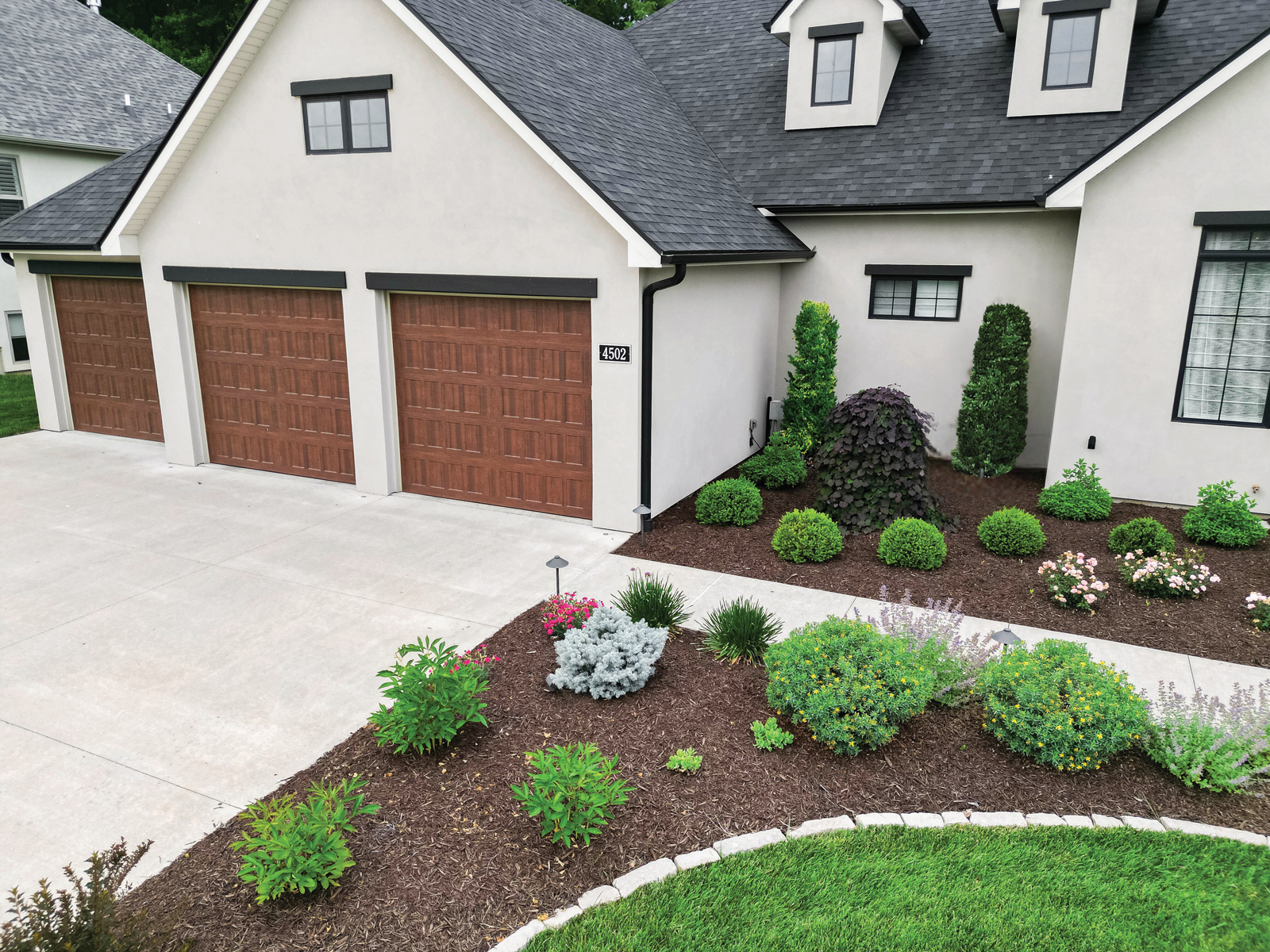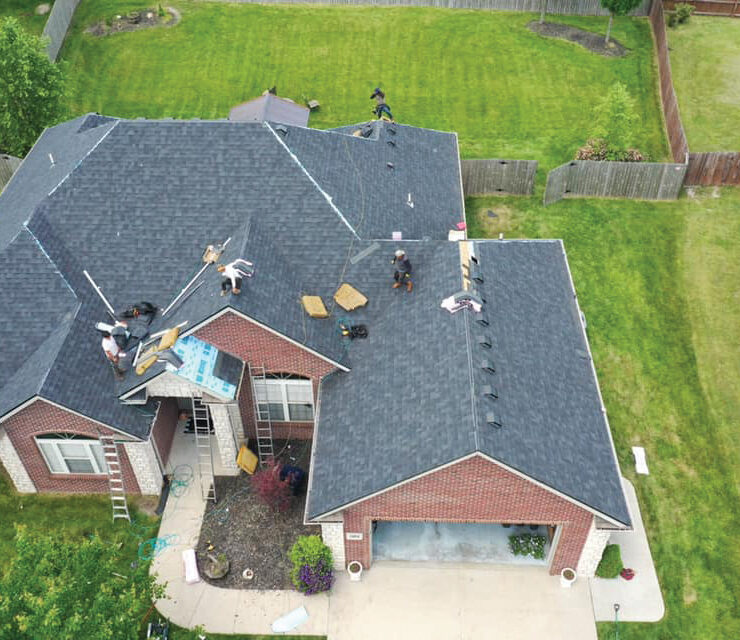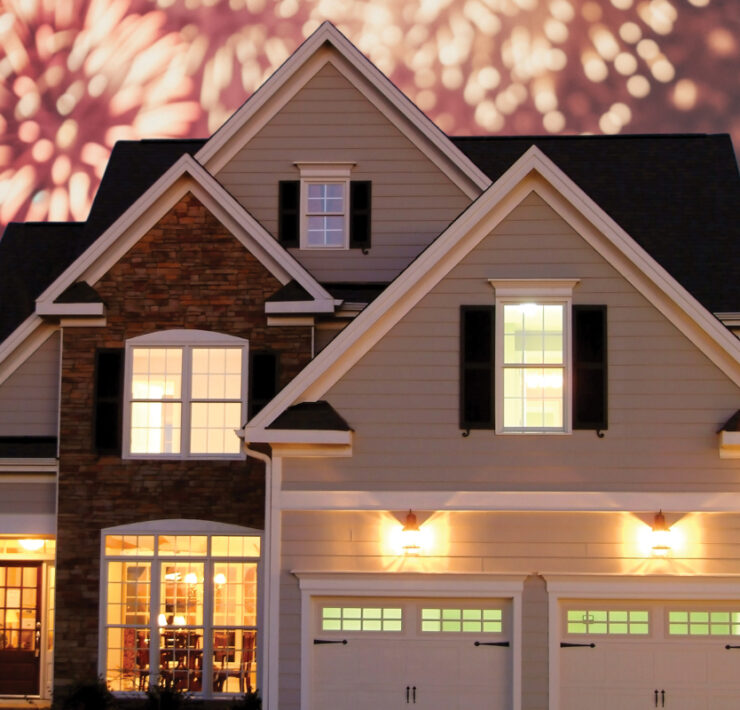The Dos and Don’ts of Landscape Edging
- "The Dos and Don'ts of Landscape Edging" originally appeared in the January 2025 "Health & Wellness" issue of COMO Magazine.

Landscape edging is a crucial component of outdoor design, offering functional and aesthetic benefits. It defines garden beds, walkways, and lawns, providing a polished look while keeping materials contained. To achieve professional results, it’s important to follow some key dos and don’ts.
Dos of Landscape Edging
- Plan Ahead: Before you begin, take the time to map out your project. Determine where you want your edges, the materials you’ll use, and the overall design. Sketching a plan helps avoid mistakes and ensures a cohesive look.
- Choose the Right Material: Selecting the appropriate edging material is vital. Options include plastic, metal, stone, and brick. Each has its pros and cons, so consider factors like durability, style, and budget. Another option is opting for a hand-spaded edge. This is done by cutting a V shaped trench to act as your gradient between mulch and turf. A hand-spaded edge is not typically recommended with gravel beds.
- Define the Purpose: Understand the functional role of your edging. Do you want to keep mulch from spilling into the grass? Prevent grass from invading flower beds? Your goals will influence the type and installation of the edging. It is important to note that edging is not for weed control, and that it is mostly an aesthetic choice.
- Excavate Properly: Digging a trench for your edging is essential for stability and longevity. Use a spade or an edging tool to create a clean, level trench. The depth will depend on the material, but most projects require at least a 2–3 inch trench to secure the edging.
- Incorporate Safety: Ensure all materials are secured properly. Sharp edges or unstable stones can pose hazards. Metal options do have the tendency to have sharp edges so it is important to take caution.
Don’ts of Landscape Edging
- Don’t Skip Preparation: Jumping straight into installation without preparing the area is a common mistake. Failing to clear debris or grade the soil can lead to uneven and unsightly results.
- Don’t Choose Cheap Materials: While budget-friendly options may be tempting, low-quality materials often deteriorate quickly, requiring replacement. Invest in durable, weather-resistant materials to save money and effort in the long run.
- Don’t Overcomplicate Designs: Simple designs often yield the most visually appealing and practical results. Overly intricate patterns can be difficult to install and maintain. I also recommend against using too many materials types. Stick to one or two complementary materials for a cohesive look.
- Don’t Neglect Maintenance: Even the best edging requires upkeep. Over time, soil and mulch will shift affecting the appearance and functionality of your edging. Regularly inspect and adjust as needed to maintain its integrity. In Missouri everything moves with freeze and thaw.
- Don’t Forget Drainage: Improperly installed edging can impede water flow, causing pooling or flooding in certain areas. Ensure your design allows for proper drainage to avoid damage to your landscape.
By following these dos and don’ts, you can create a well-defined and visually appealing edge that enhances your outdoor spaces. With proper planning, quality materials, and regular maintenance, you can ensure your edging will stand the test of time. Hiring a qualified designer is a great way to get guidance on your edging selection as well as your overall design.

Nate Anderson has been a resident of Columbia for seven years, and he has been working in the landscape industry for just as long. Nate is a designer and estimator for Rost Inc. While working on his degree in plant science and landscape design, he also worked as a foreman at Rost Landscaping, where he oversaw landscape construction projects. He credits much of his inspiration to his “early years” where he got to be a part of the construction of many beautiful landscapes.

(573) 445-4465
rostlandscaping.com








